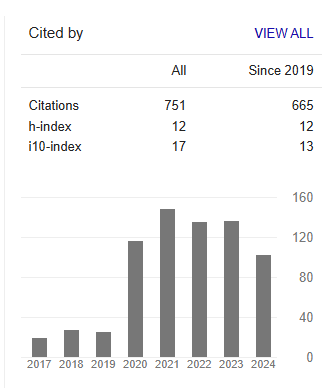Assessment of Prevalence of Communicable and Non-Communicable Diseases in a Rural Community and its neighborhood in Enugu State, Nigeria: A Cross-Sectional Epidemiological Survey from a Health Outreach
Abstract
John Dike N Ogbonna, Chinelo. N. Aguiyi-Ikeanyi, Abdulmuminu Isah, Nkechi J Okonkwo-Uzor, Ginikachukwu .N. Okeke, Ohagwu M.Beatrice-zita, Onyia C. Oluebube, Nchekwube Precious Ebubechukwu
Background: Africa faces a double burden of communicable and chronic non-communicable diseases which have longterm public health impact. This study is to ascertain the disease prevalence, the degree, and the predisposing risk factors of communicable and non-communicable disease in Uvuru, in Uzo-Uwani Enugu State.
Materials and Methods: This is a descriptive cross-sectional survey using convenience sampling technique conducted on residents in Uvuru Agada community in Uzo-Uwani Local Government Area of Enugu State using a two-part pro forma. The data was analysed using the Statistical Product and Service Solution (SPSS version 23.0) and results were presented as frequencies and percentages. Chi-square and Pearson correlation coefficient were used to determine statistical relationship existing among variables. Significance difference was accepted at 95% precision (P < 0.05).
Results: Majority 495(70.7 %) of the respondents were females while 656 (93.7 %) were adults (> 19 years). Higher percentage 429(61.3 %) had a normal body mass index (BMI). Very few 8 (1.1 %) had respiratory diseases while 469(67.0 %) had malaria. Majority 682(97.4%) of the respondents had at least one non-communicable disease while only 91(13.0%) had at least one non-communicable disease.
Conclusion: The prevalence of non- communicable diseases is high. Age, Gender and BMI are risk factors.



